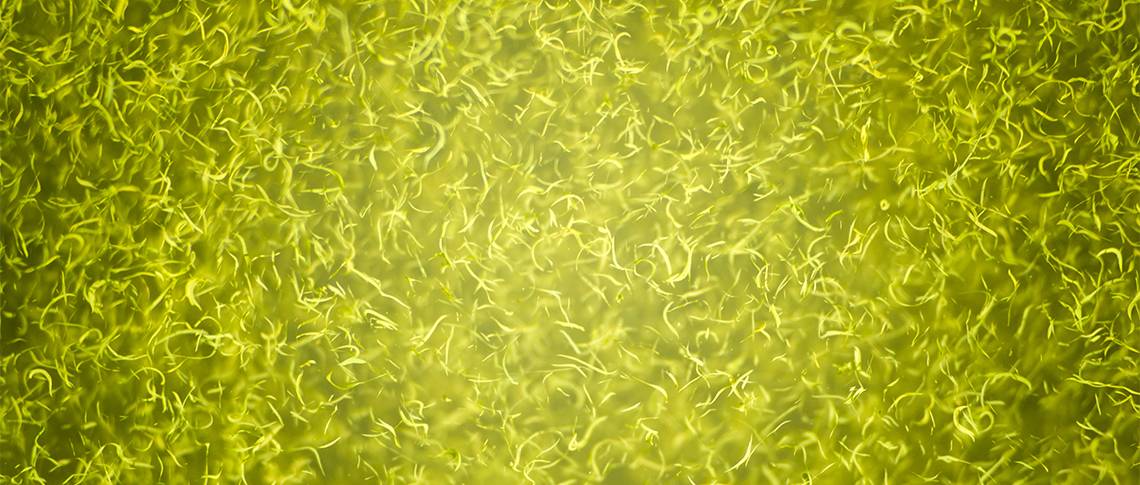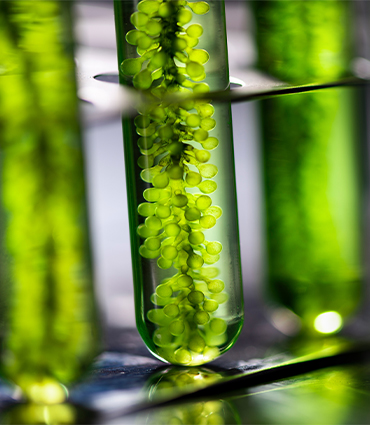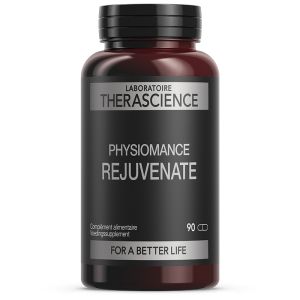- Home
- Our active ingredients
- Algae
- Klamath

Klamath
Number of products : 1
- 12
- 24
- 36
- Position
- New
- Price asc
- Price desc
- Name asc
- Name desc
-
€130.90
Number of products : 1
- 12
- 24
- 36
- Position
- New
- Price asc
- Price desc
- Name asc
- Name desc
-
Our active ingredients
- Fatty acids
- Algae
-
Others
- Glutamic acid
- Hyaluronic acid
- Lipoic acid
- Malic acid
- Arginine
- Astaxanthin
- Berberine
- Beta-carotene
- Betaine
- Butyrate
- Caffeine
- Carnitine
- Carnosine
- Choline
- Chondroitin sulphate
- Citicoline
- Citrate
- Citrulline
- Coenzyme Q10
- Collagen
- Creatine
- Cysteine
- Cystine
- Dimethylglycine
- Intrinsic factor
- Fibre
- FOS (fructooligosaccharides)
- Fucosyllactose
- GABA (gamma-aminobutyric acid)
- Royal jelly
- Glucosamine
- Glutamine
- Glutathione
- Glycine
- HMB (calcium β-hydroxy-β-methylbutyrate)
- Cod liver oil
- Shark liver
- Krill oil
- Inositol
- Inulin
- Lactoferrin
- Lutein
- Lycopene
- Lysine
- Melatonin
- Methionine
- MSM (methylsulphonylmethane)
- NAC (N-acetylcysteine)
- NADH (Nicotinamide Adenine Dinucleotide reduced form)
- Ornithine
- PABA (para-aminobenzoic acid)
- Apple pectin
- Pollen
- Polyphenols
- PQQ (pyrroloquinoline quinone disodium salt)
- Propolis
- Pterostilbene
- Quercetin
- Resveratrol
- Rutin
- Serine
- SOD (Superoxyde Dismutase)
- Taurine
- MCT (Medium chain triglyceride)
- Threonine
- Tryptophan
- Tyrosine
- Zeaxanthin
- PEA (Palmitoylethanolamide)
- D-mannose
- Postbiotic
- Enzymes
- Minerals and oligo-elements
-
Plants and fungi
- Acerola
- Milfoil
- Garlic
- Alchemilla
- Aloe vera
- Pineapple
- Angelica
- Aronia
- Artichoke
- Ashwagandha
- Astragale
- Hawthorn
- Elecampane
- Bacopa
- Bamboo tabashir
- Burdock
- Red beet
- Boldo
- Boswellia serrata
- Birch
- Broccoli
- Cocoa
- German chamomile
- Cinnamon
- Carob
- Caraway
- Blackcurrant
- Wheat ceramides
- Vegetal carbon
- Milk Thistle
- Chicory
- Quackgrass
- Chlorophyll
- Chrysanthellum
- Citrus
- Commiphora mukul
- Coriander
- Cranberry
- Turmeric
- Cypress
- Desmodium
- Echinacea
- Eleutherococcus
- Small-flowered fireweed
- Erysimum officinale
- Eschscholzia (California poppy)
- Fennel
- Fenugreek
- Butcher's broom
- Ash
- Fumitory
- Garcinia cambogia
- Chasteberry
- Ginger
- Ginkgo biloba
- Ginseng
- Pomegranate
- Griffonia
- Grindelia
- Guarana
- Marshmallow
- Gymnema sylvestre
- Witch-hazel
- Harpagophytum
- Hibiscus
- Hop
- Argan oil
- Sea buckthorn oil
- Evening primrose
- Borage oil
- Safflower oil
- Linseed oil
- Kudzu
- Red yeast rice
- Bird's-foot trefoil
- Maca
- Maitake
- Horse-chestnut
- Yerba Mate
- Melilotus officinalis
- Lemon balm
- Peppermint
- St. John's Wort
- Blueberry
- Olive
- Oregano
- Orthosiphon
- Nettle
- Fermented papaya
- Paprika
- Passion flower
- Wild Pansy
- Pumpkin seed
- Grapefruit seed
- Perilla
- Mouse-ear hawkweed
- Maritime pine
- Scots pine
- Dandelion
- Ribwort plantain
- Black pepper
- Polypodium leucotomos
- Horsetail
- Prune
- Blond Psyllium = Ispaghul
- Cherry peduncle
- Horseradish
- Grape
- Liquorice
- Meadowsweet
- Reishi
- Golden root
- Rosemary
- Saffron
- Salvia sclarea
- Willow
- Saw palmetto (Serenoa repens)
- Skullcap
- Shiitake
- Solidago
- Sophora japonica
- Tamarind
- White tea
- Green tea
- Thyme
- Red clover
- Tribulus terrestris
- Uña de gato (Uncaria tomentosa)
- Valerian
- Red vine
- Damiana
- Feverfew
- Cornflower
- Grapefruit
- Orange
- Mango (leaves)
-
Strains of flora
- Bifidobacterium animalis lactis BS01
- Bifidobacterium breve
- Bifidobacterium infantis BIO2
- Bifidobacterium longum BL03
- Lactobacillus acidophilus LA-3
- Lactobacillus helveticus Lafti® L10
- Lactobacillus plantarum BG112
- Lactobacillus reuteri DSM17648
- Lactobacillus reuteri LR92
- Lactobacillus rhamnosus GG
- Lactobacillus salivarius SP2
- Microbiota strains
- Streptococcus thermophilus SP4
- Lactobacillus casei LC03
- Vitamins

KLAMATH

Latin name:
Aphanizomenon Flos Aquae (AFA)
Common name:
Klamath
Family:
Nostocaceae
Origin:
Oregon (Klamath Lake) United States
Part of the plant used :
Whole algae
Description
Klamath is a cyanobacterium. It takes its name from Lake Klamath, located in Oregon, USA, where it is harvested.
This "blue algae" is interesting from a nutritional point of view. Indeed, klamath contains many vitamins, including vitamins A, B12, C, K and E, but also many minerals such as calcium (from 7 to 15mg/g of seaweed). It produces all the essential amino acids (those that the human body is unable to synthesize) as well as proteins and fatty acids, including alpha-linolenic acid (ALA), from the omega-3 family.
In addition, the phenylethylamine contained in this algae is a neurotransmitter of the alkaloid family, which acts as a central nervous system stimulant. Phenylethylamine is produced in large quantities by the brain when one is struck by love at first sight, which has earned this hormone, generally associated with well-being, the nickname "love hormone".
Klamath is also known for its ability to improve mood, reduce the risk of depression, stimulate the immune system and increase concentration.
The benefits
- Thanks to phycocyanine (photosynthetic pigment), klamath has antioxidant and anti-inflammatory properties.
- This algae of the Nostocaceae family has a positive effect on mood.
- Its richness, particularly in vitamins, is interesting from a nutritional point of view in order to avoid deficiencies.











